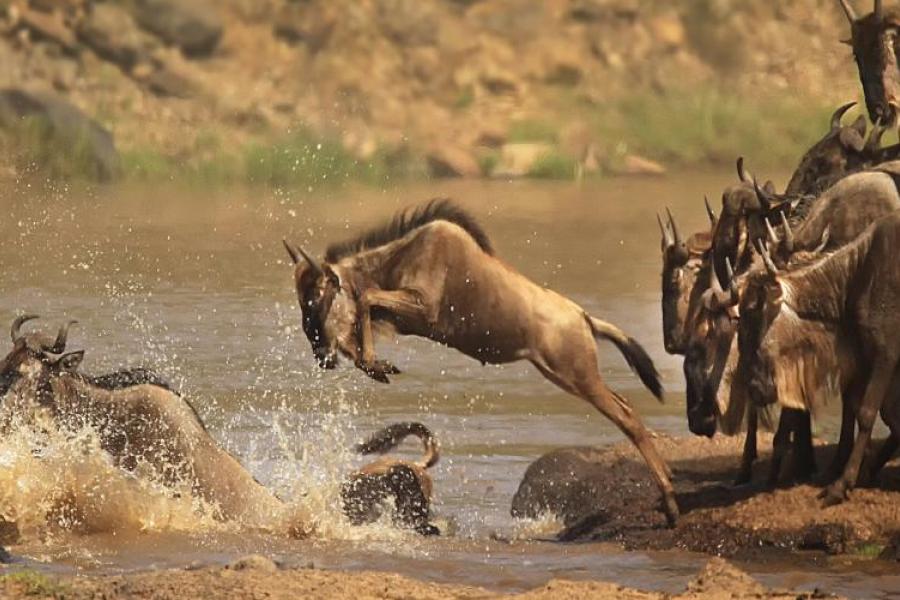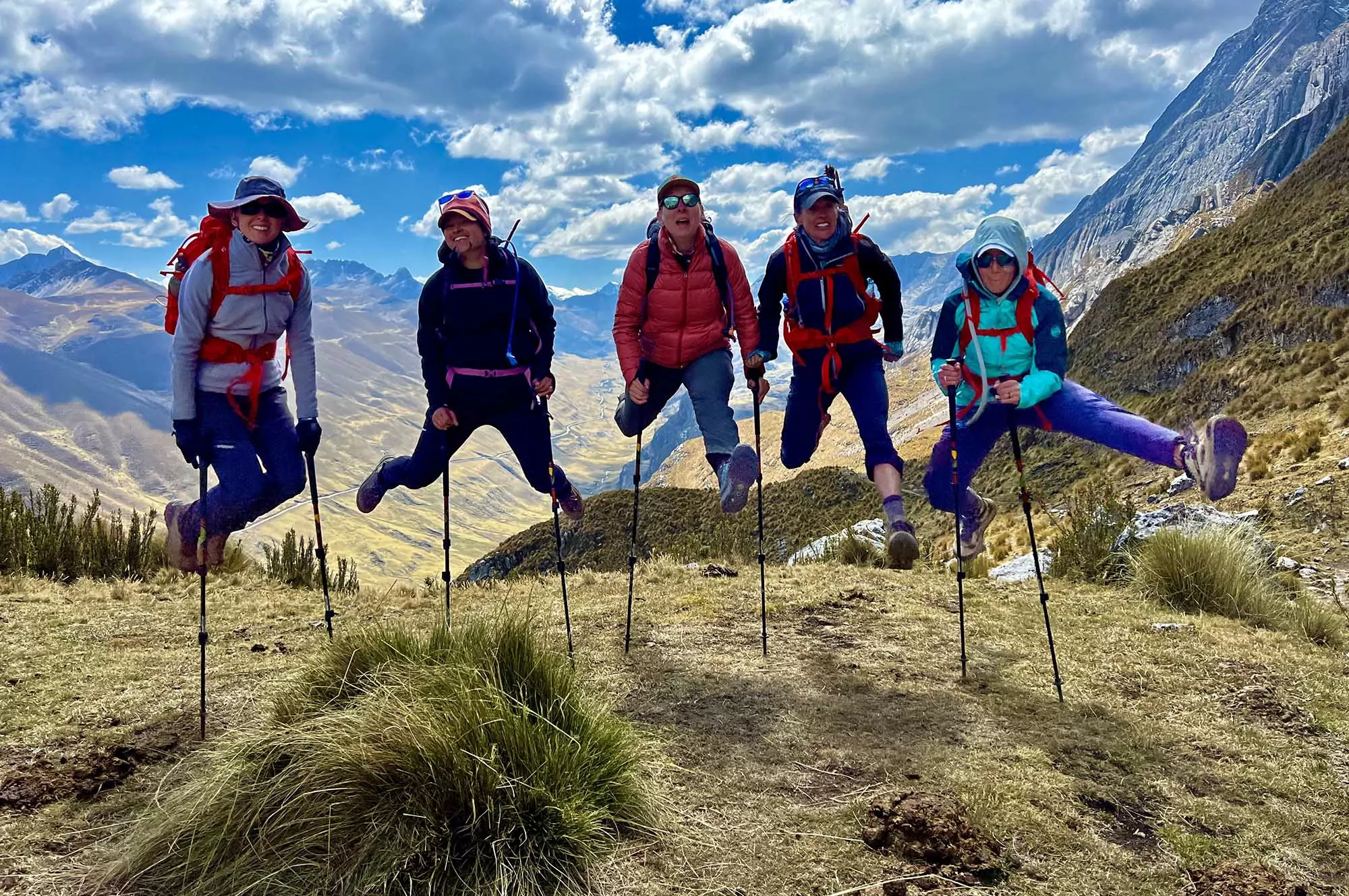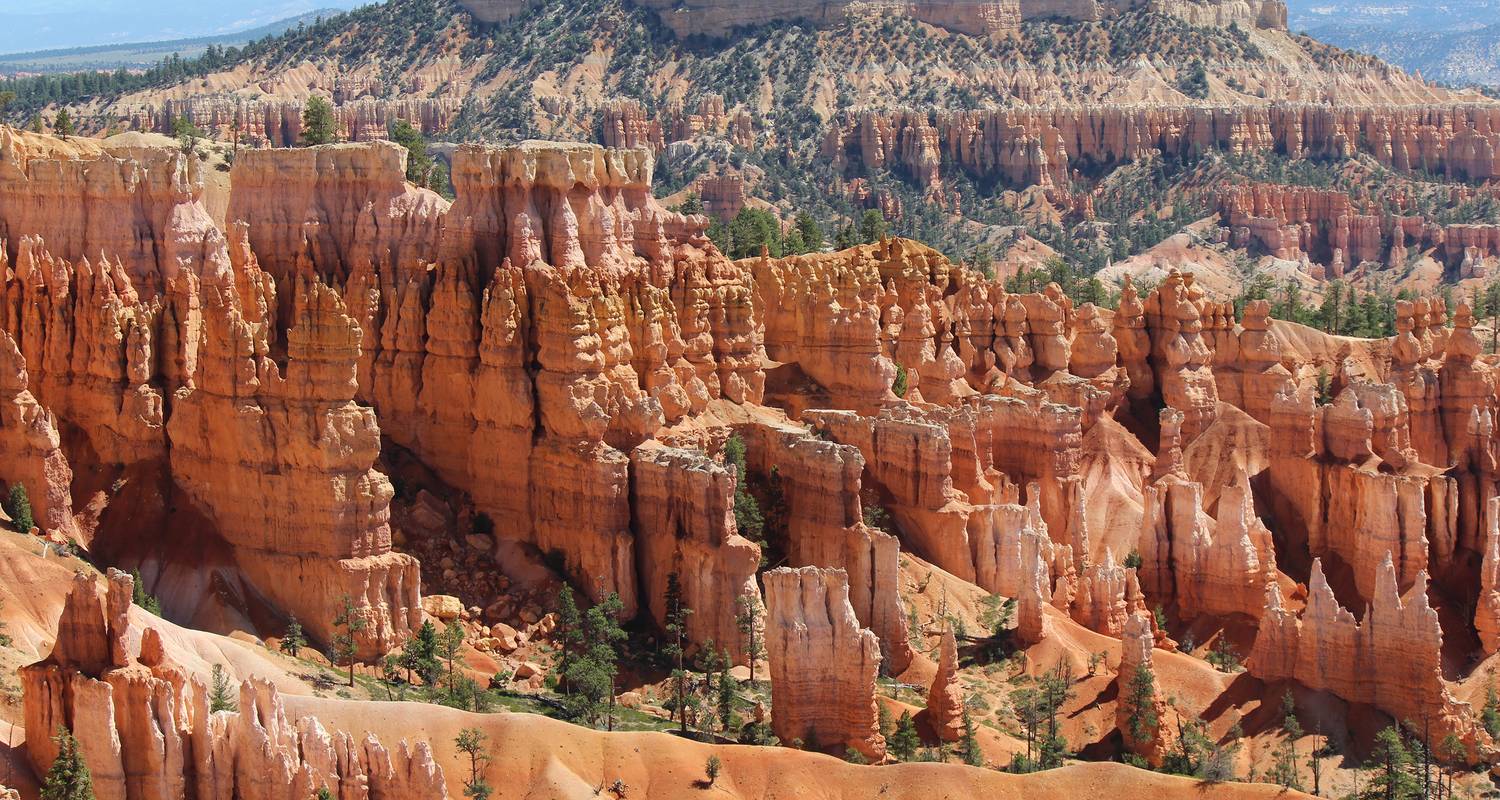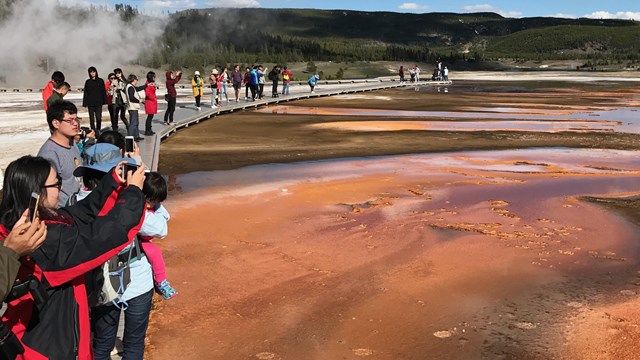Wings of Hope: Owl Rescue Stories and Solutions

owl rescue, with their enigmatic presence and silent flight, have long captured human fascination. These nocturnal raptors symbolize wisdom and mystery, their haunting calls echoing through the night. However, these magnificent creatures often find themselves in peril due to various threats. This is where the dedicated efforts of owl rescue organizations come into play, offering a beacon of hope for these vulnerable birds. In this article, we delve into compelling owl rescue stories and explore the innovative solutions that are making a difference.

The Plight of Owls
Owls face numerous challenges in the wild. Habitat destruction, vehicle collisions, poisoning, and entanglement in fishing lines and barbed wire are just a few of the hazards that threaten their survival. These factors, combined with their elusive nature, make owl rescue a critical and often complex task.
Habitat Destruction
Deforestation and urban development have drastically reduced the natural habitats of owls. Many species rely on old-growth forests, wetlands, and grasslands for nesting and hunting. As these areas are cleared for agriculture or construction, owls lose their homes and food sources, leading to declining populations.
Vehicle Collisions
Owls often hunt near roads and highways, drawn by the abundance of small mammals attracted to the roadside vegetation. Unfortunately, this puts them at high risk of being struck by vehicles. Nighttime driving poses an additional threat, as the bright headlights can disorient the birds, leading to fatal accidents.
Poisoning
Rodenticides used to control rodent populations can have devastating effects on owls. When an owl consumes a poisoned rodent, it ingests the toxic chemicals, which can lead to illness or death. Secondary poisoning from pesticides and herbicides also poses a significant risk.
Entanglement
Owls frequently become entangled in discarded fishing lines, barbed wire, and other man-made materials. These entanglements can cause severe injuries, restricting the birds’ ability to hunt, fly, or even escape from predators.
Inspiring Owl Rescue Stories
Behind every rescued owl is a tale of perseverance, compassion, and hope. These stories highlight the tireless efforts of owl rescue organizations and the incredible resilience of these birds.
The Great Horned Owl: A Remarkable Recovery
In a remote part of the Pacific Northwest, a Great Horned Owl was found with a severely injured wing, unable to fly. The local owl rescue team was alerted and quickly sprang into action. After safely capturing the bird, they discovered that it had been entangled in barbed wire, causing extensive damage to its wing.
The owl was transported to a wildlife rehabilitation center where veterinarians worked tirelessly to treat its injuries. The recovery process was long and arduous, involving surgeries, physical therapy, and months of careful monitoring. Thanks to the dedication of the rescue team and the medical staff, the Great Horned Owl eventually regained its strength and was successfully released back into the wild, a testament to the power of owl rescue efforts.
The Barn Owl: Rescued from a Poisoned Fate
In the agricultural heartland of California, a Barn Owl was discovered in a weakened state, suffering from rodenticide poisoning. The bird had ingested a poisoned rodent, leading to internal bleeding and severe dehydration. Local farmers, aware of the dangers posed by rodenticides, contacted the nearest owl rescue center.
The Barn Owl was rushed to the facility, where it received intensive care, including fluid therapy and medications to counteract the poison. The rescue team educated the farmers on alternative, owl-friendly methods of rodent control, helping to prevent future incidents. After several weeks of rehabilitation, the Barn Owl made a full recovery and was released, soaring into the night sky once more.
The Burrowing Owl: A Family Reunited
In the open grasslands of Arizona, a family of Burrowing Owls was displaced by construction activities. The nest site was destroyed, leaving the adult owls and their chicks vulnerable. A owl rescue organization specializing in Burrowing Owls was called in to help.
The team quickly relocated the owls to a safe, protected area nearby. They constructed artificial burrows to mimic the natural nesting sites and monitored the family closely to ensure they adapted to their new environment. The adult owls accepted the artificial burrows, and the chicks thrived under the watchful eyes of their parents. This successful intervention showcased the importance of habitat protection and the innovative solutions employed by owl rescue teams.
Solutions and Strategies for Owl Rescue
Effective owl rescue involves a combination of immediate intervention, long-term care, and preventive measures. Here, we explore some of the key strategies employed by owl rescue organizations.
Immediate Intervention
Swift action is crucial when an injured or distressed owl is reported. Owl rescue teams are trained to safely capture and transport owls, minimizing stress and injury. They use specialized equipment, such as nets and carriers, and follow protocols to ensure the birds are handled with care.
Veterinary Care and Rehabilitation
Once an owl is in the care of a owl rescue center, it receives comprehensive veterinary attention. This includes diagnostic tests, surgeries, wound care, and physical therapy. Rehabilitation also involves creating an environment that allows the owl to recover its strength and natural behaviors, such as hunting and flying.
Habitat Protection and Restoration
Protecting and restoring natural habitats is a fundamental aspect of owl rescue. This involves working with landowners, government agencies, and conservation groups to preserve critical habitats and mitigate threats. For example, creating owl-friendly zones around agricultural areas can reduce the risk of poisoning and entanglement.
Public Education and Awareness
Educating the public about the importance of owls and the threats they face is essential for long-term conservation. Owl rescue organizations conduct outreach programs, school visits, and community workshops to raise awareness. They provide information on how to coexist with owls, such as using non-toxic rodent control methods and preserving natural habitats.
Legislative Advocacy
Advocating for policies that protect owls and their habitats is another crucial component of owl rescue. Organizations work to influence legislation on issues like pesticide use, habitat protection, and wildlife conservation funding. Stronger legal protections can significantly improve the chances of survival for many owl species.
How You Can Help
Supporting owl rescue efforts doesn’t require specialized skills or extensive resources. Here are some simple yet impactful ways you can contribute to the protection and conservation of owls.
Volunteer Your Time
Many owl rescue organizations rely on volunteers to assist with various tasks, from fieldwork to administrative support. Volunteering your time can make a significant difference, whether it’s helping with rescue missions, participating in habitat restoration projects, or aiding in educational programs.
Donate to Rescue Organizations
Financial contributions are vital for the operation of owl rescue centers. Donations help cover the costs of medical care, food, equipment, and other essential resources. Consider making a one-time donation or becoming a regular supporter to sustain their efforts.
Promote Owl-Friendly Practices
Adopt owl-friendly practices in your community. Advocate for the use of non-toxic rodent control methods, support habitat conservation initiatives, and educate others about the importance of owls. Your efforts can help create a safer environment for these remarkable birds.
Participate in Citizen Science
Citizen science projects provide valuable data that supports owl rescue and conservation efforts. Join initiatives such as owl monitoring programs, bird counts, and wildlife surveys. Your observations can contribute to a better understanding of owl populations and their needs.
Spread the Word
Raise awareness about owl rescue through social media, blogs, and local events. Share stories of rescued owls, highlight the work of rescue organizations, and encourage others to get involved. By amplifying the message, you can inspire more people to take action.
owl rescue
The story of owl rescue is one of dedication, resilience, and hope. These efforts not only save individual owls but also contribute to the preservation of entire species and their ecosystems. Through immediate interventions, long-term care, habitat protection, and public education, owl rescue organizations are making a profound impact on the lives of these magnificent birds. By supporting these initiatives, whether through volunteering, donating, or advocating for conservation, we can all play a part in ensuring that owls continue to grace our skies for generations to come. Embrace the spirit of owl rescue and join the mission to protect these winged wonders.







